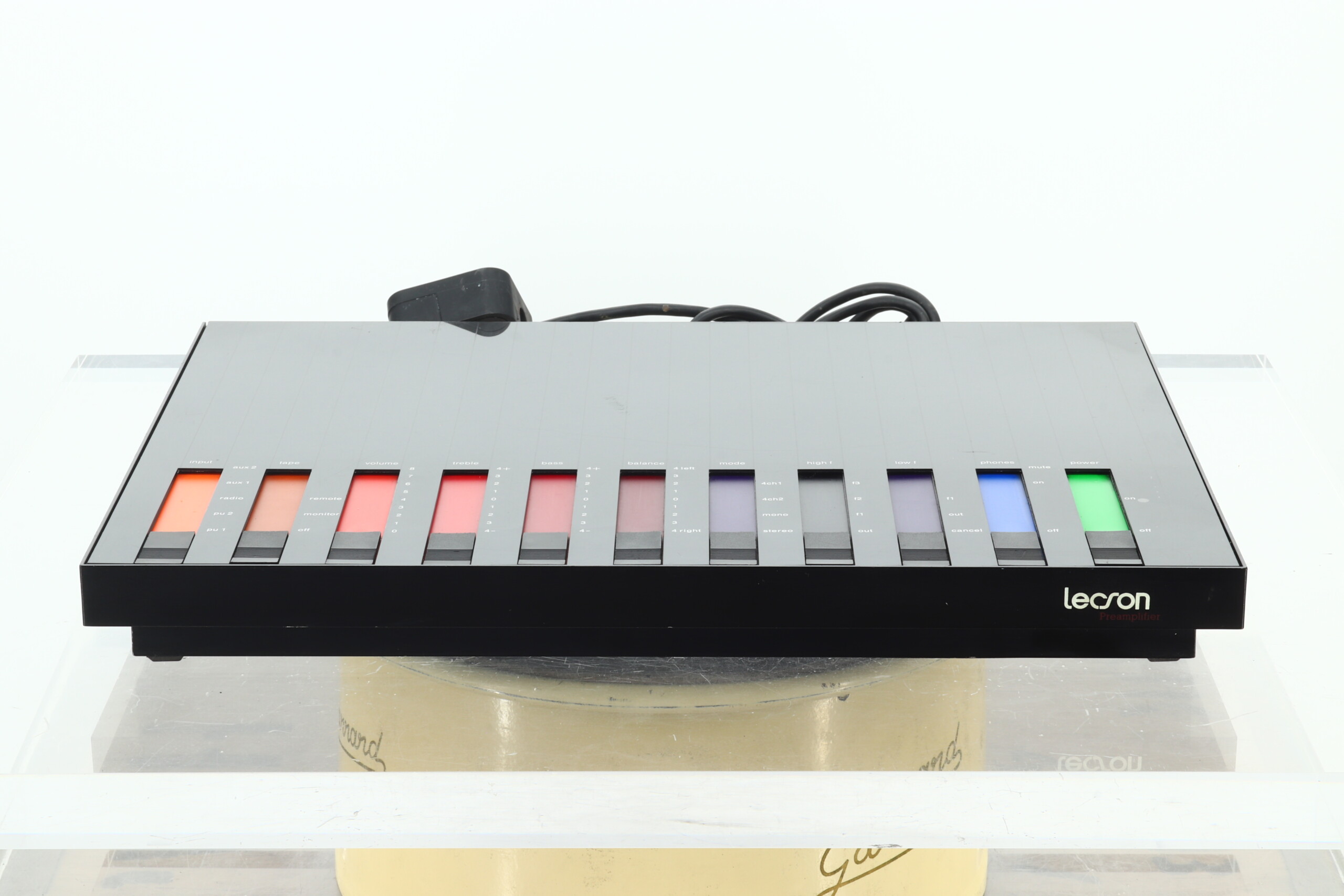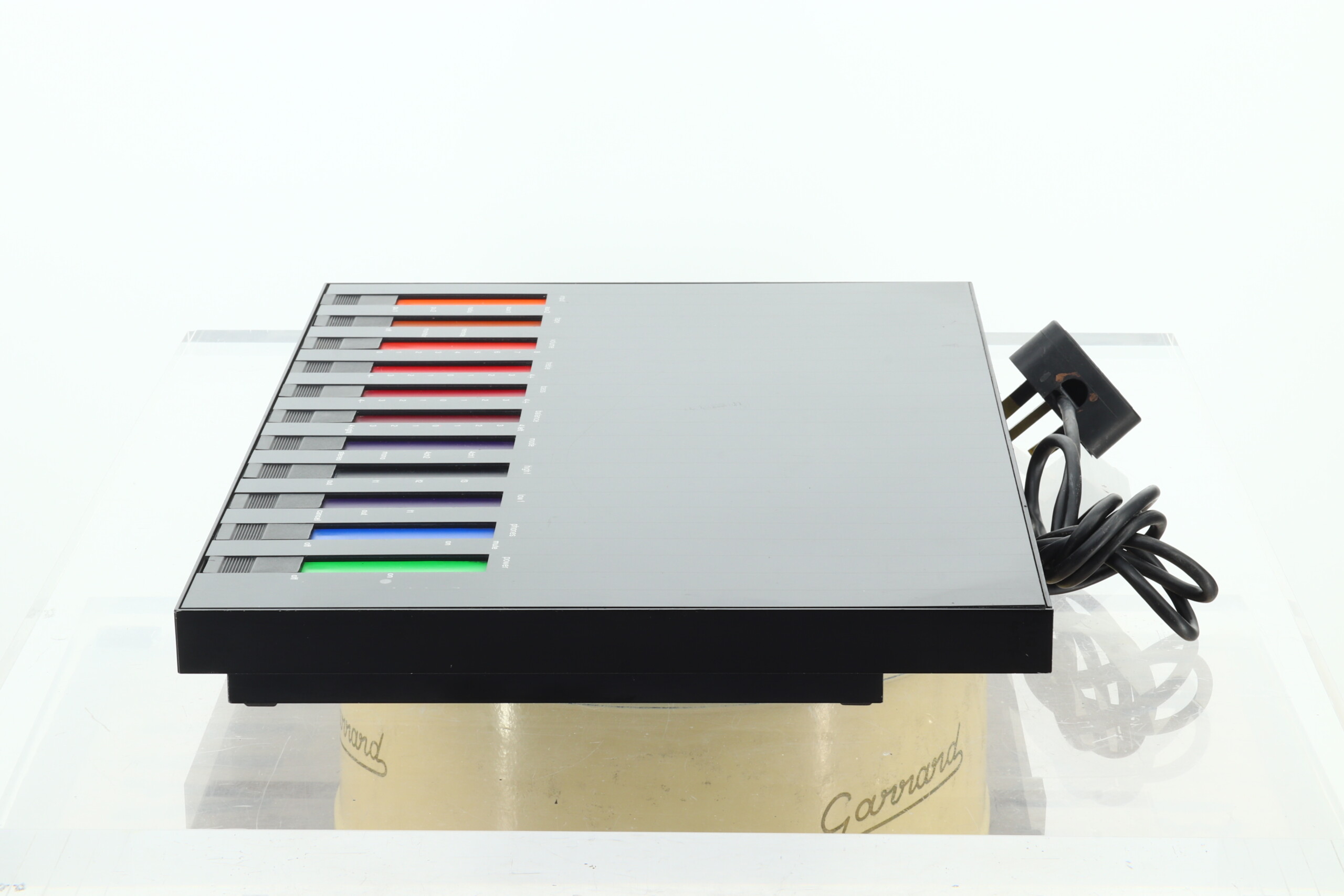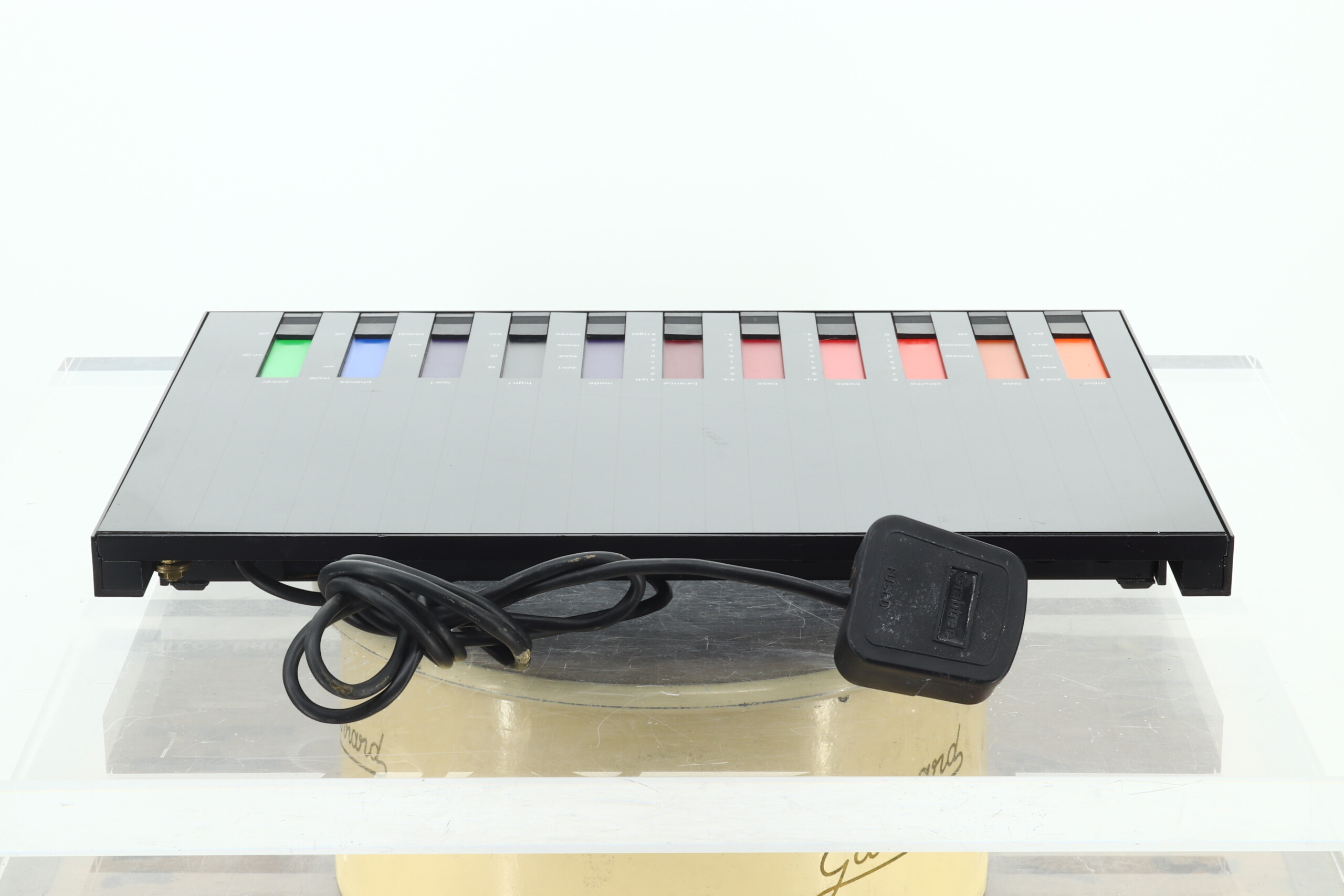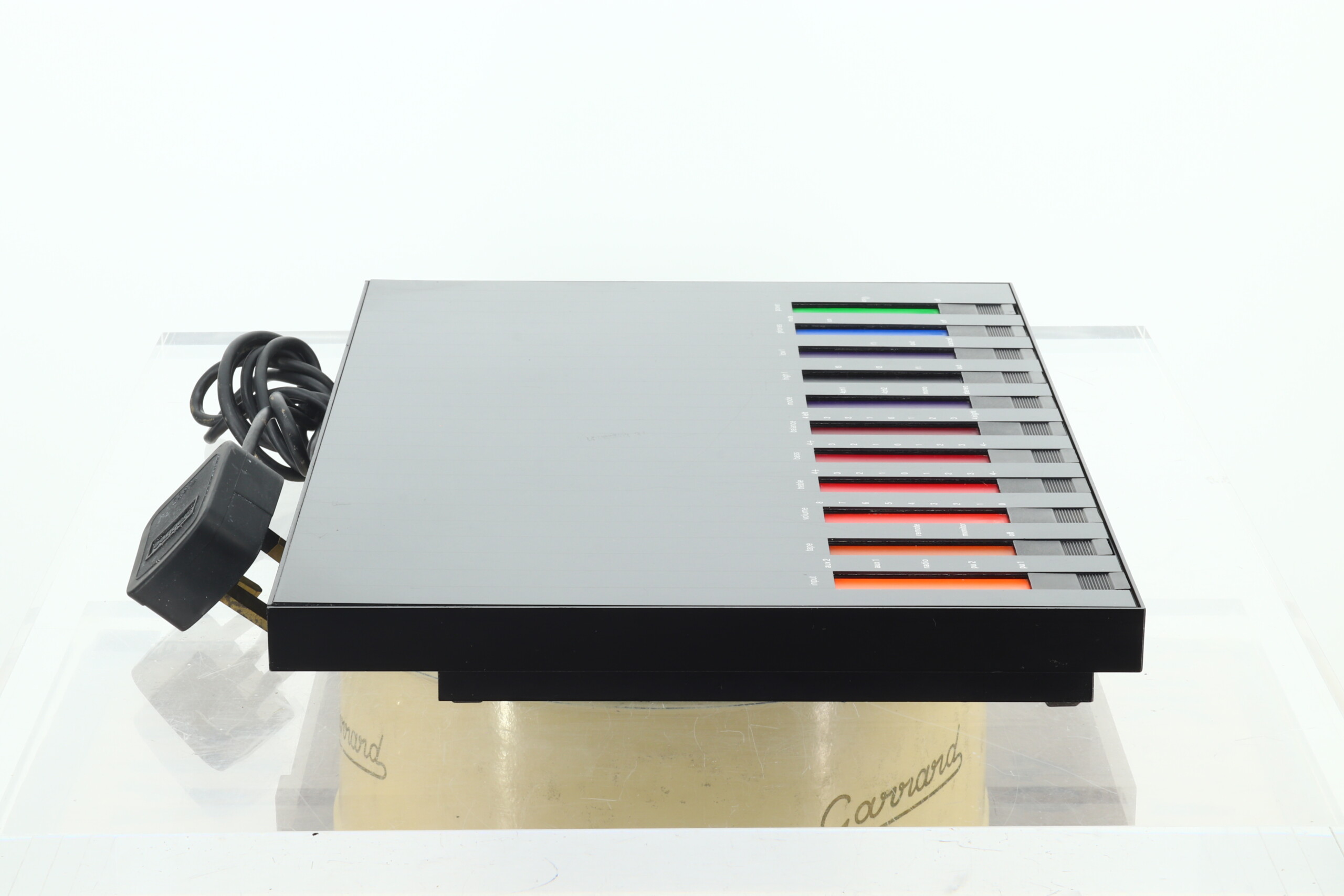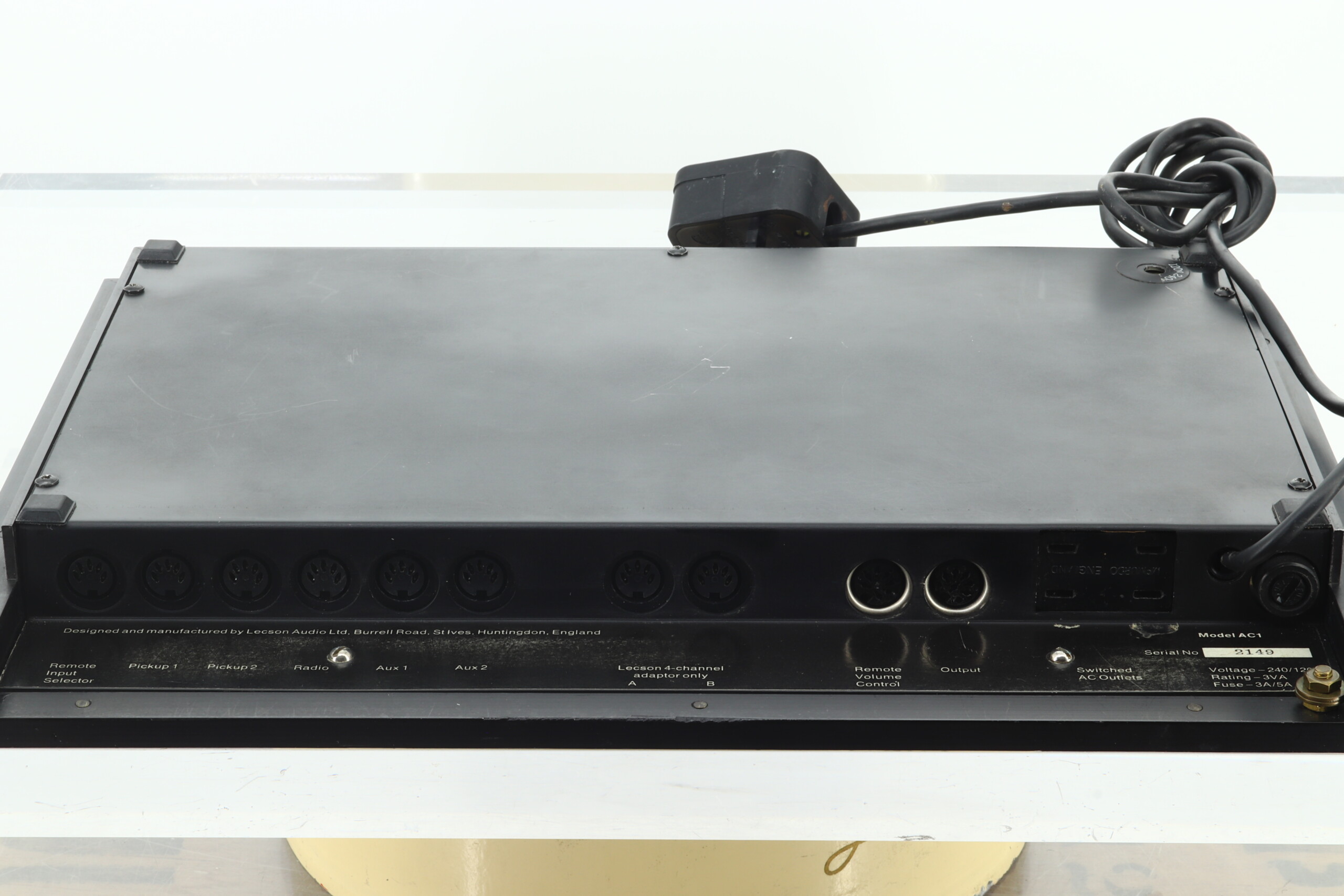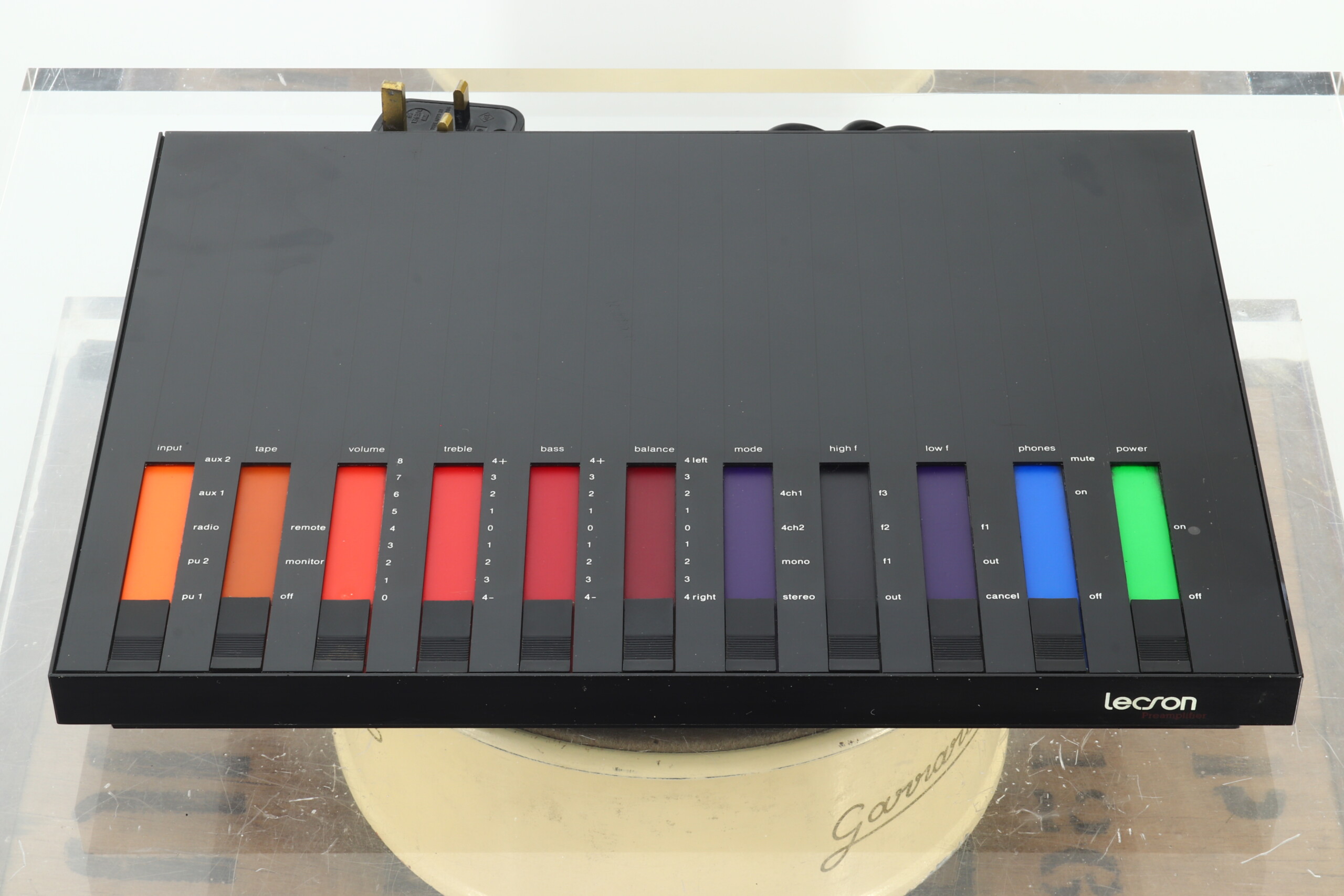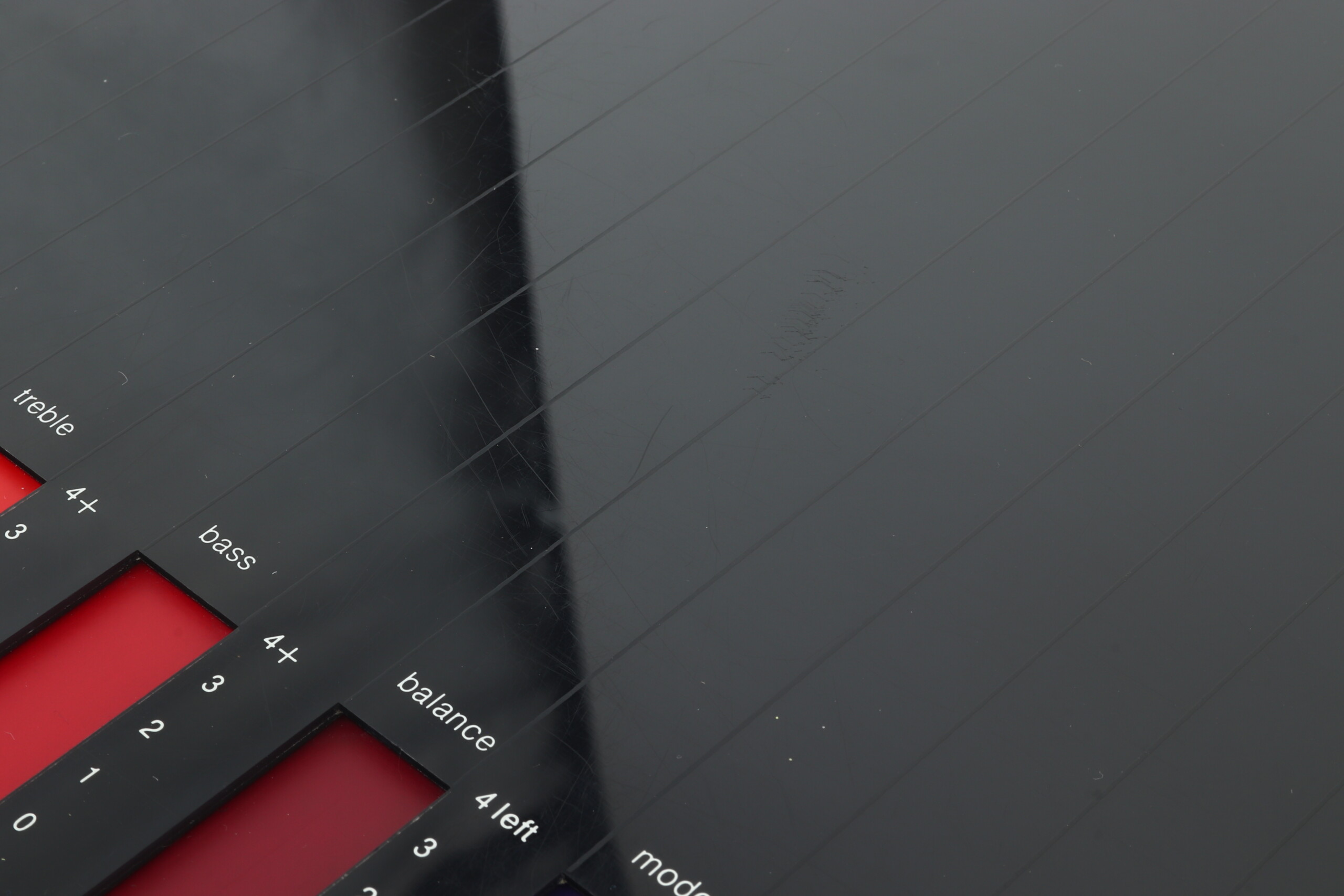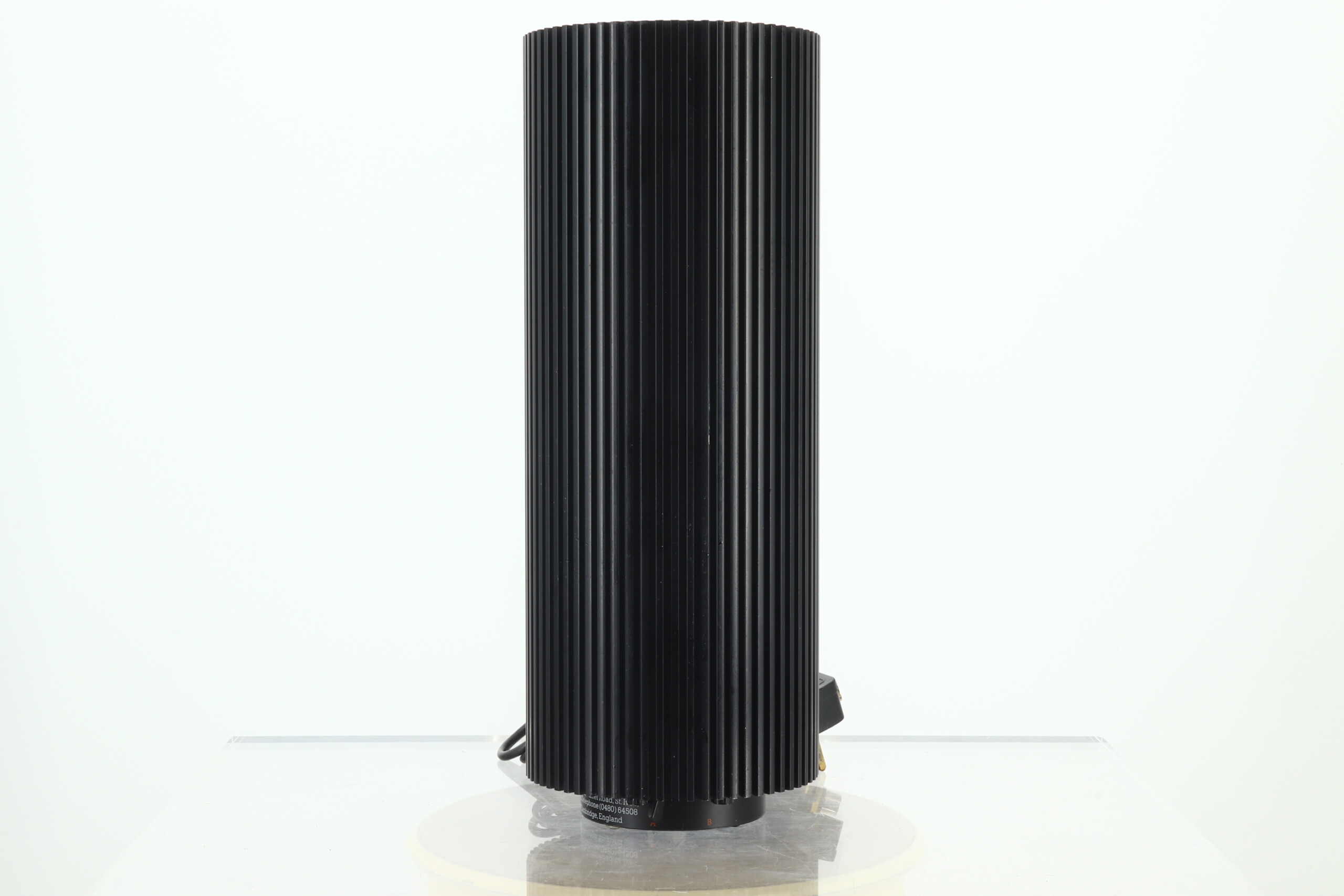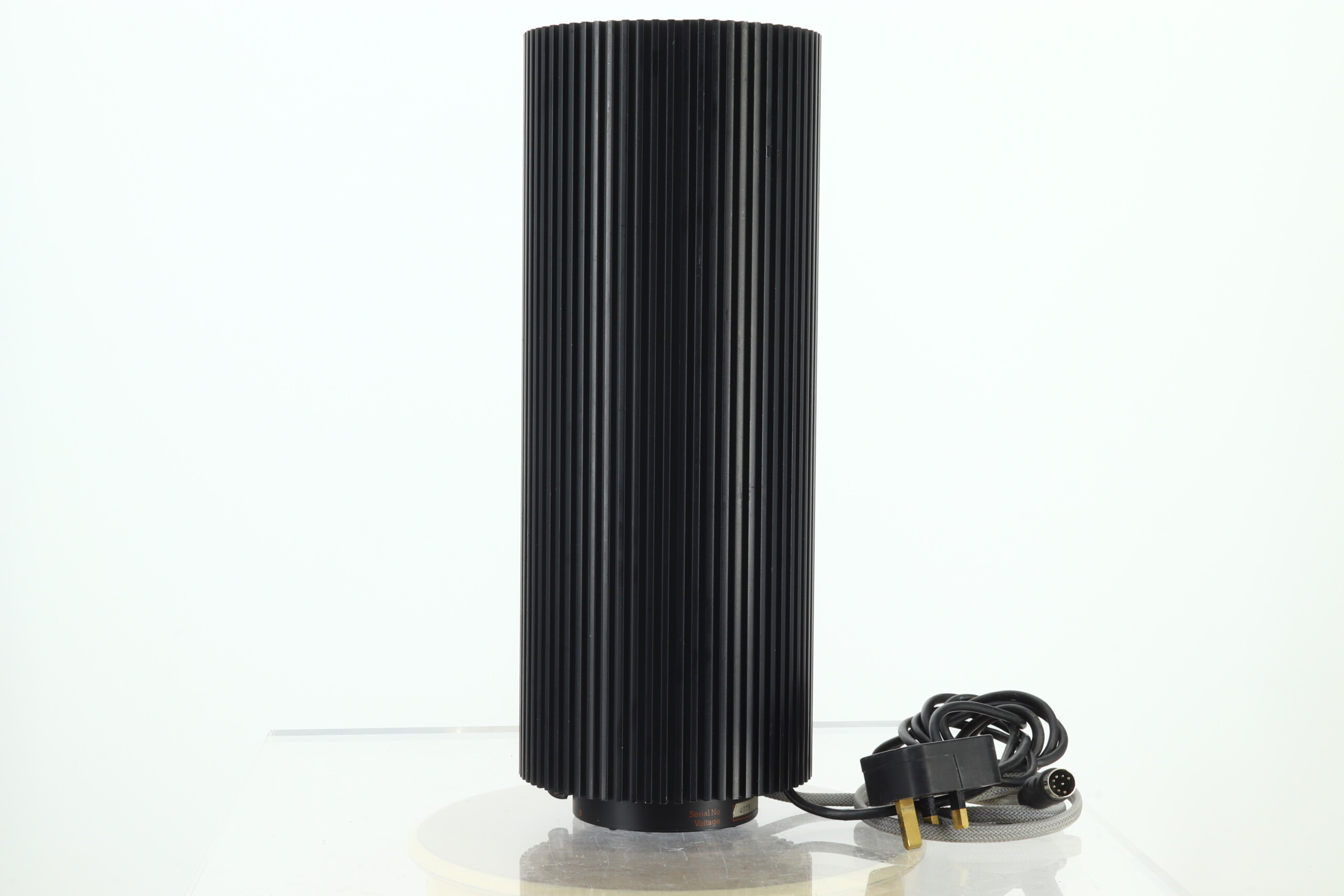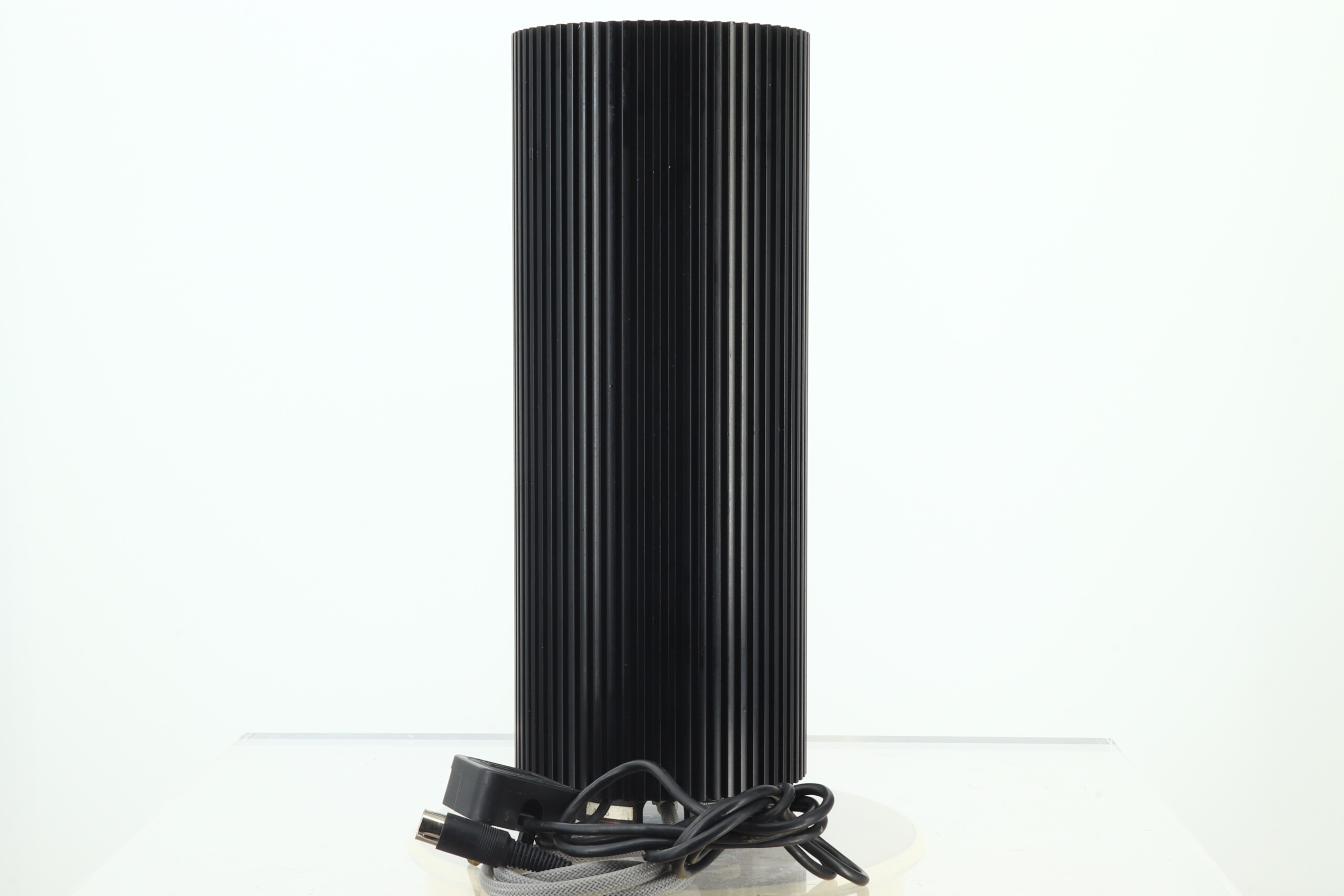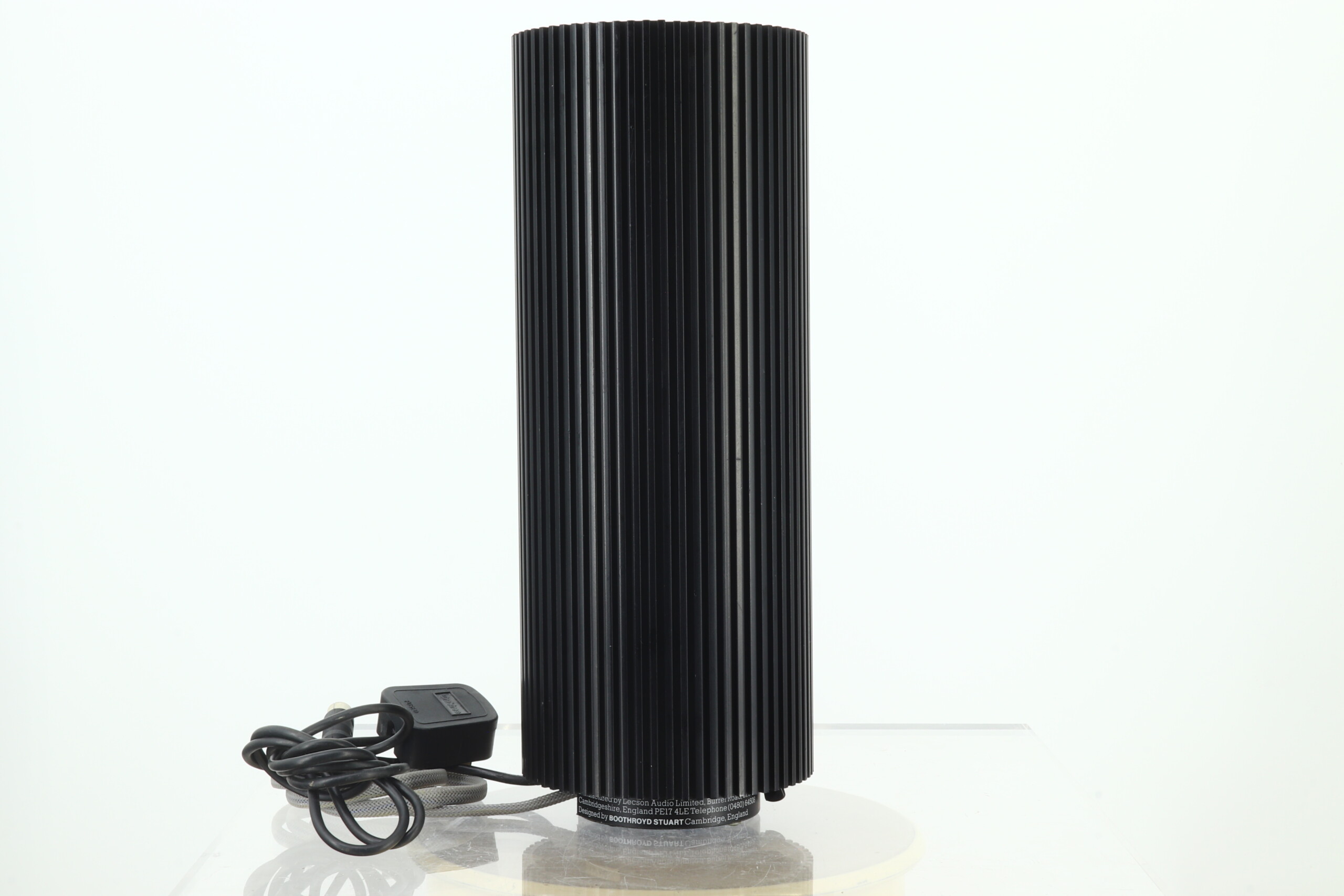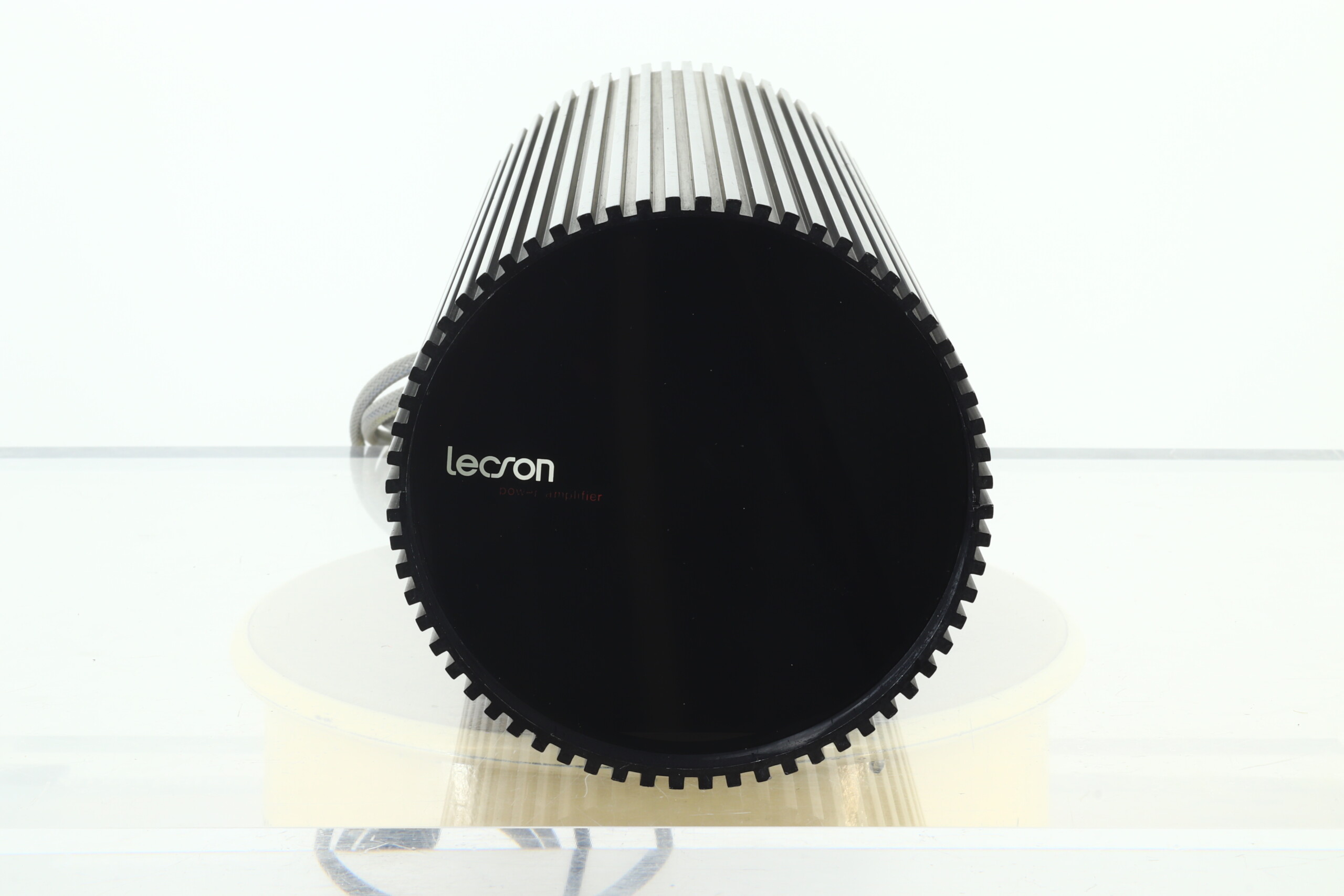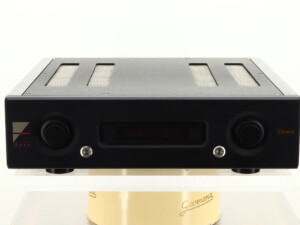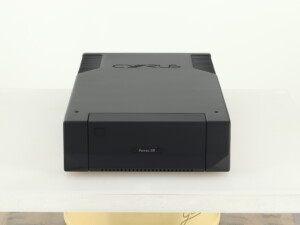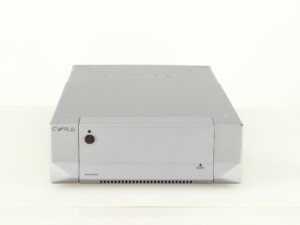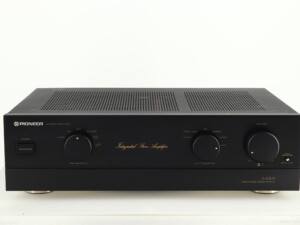Your basket is currently empty!
Lecson AC1 Pre Amplifier / AP3 Power Amplifier
£1,480.00
Manufacturer : Lecson
Model : AC1 / AP3
Serial Number : 2149/4075OLD
Packaging : N/A
Accessories Included : n/a
Price When New : ?
Out of stock
Description
Here we have one of the most iconic designs in the world of Hi-Fi equipment. So much so in fact that it won numerous design awards and that the Victoria & Albert museum in London have a mint pair in storage available for exhibiting. Our pair whilst not in mint condition are certainly classed as very good especially when you consider the actual design dates back to the early 1970’s. They are in fully working condition and will be professionally packaged, coming with our standard three month warranty.
Lecson Said….
Lecson Hi-Fi equipment has always enjoyed a reputation of combining outstanding technical achievement with unique appearance. HRH Prince Philip recently presented Lecson with Britain’s top design award for overall excellence of design, and technical perfection.
An outstanding feature of Lecson research is the reproduction of pure sound by the elimination of previously misunderstood forms of distortion. Other features such as finger-tip slide controls and the separation of the amplifier units make them a natural choice for the discerning buyer.
The excellence of Lecson design is reflected throughout every detail in the range -the AP1/3 Power Amplifiers are self-contained in a dust sealed, heat-dissipating column. The AC1 Control Unit has a colour-coded sequence of sliding
switches.
Solid state switching gives accurate first-time response. Five inputs are provided together with exceptionally uncoloured tone-controls and filters.
….Never before did a pre-amplifier look or perform like this. Sliding controls form a spectrum of colour in a plane of black glass. A case just over one inch thick houses a miracle of electronic engineering – the silent electronic switching of circuits with virtually no distortion or noise.
The mains powered unit can, by simple additions, decode 4-channel matrixed records and synthesise “surround sound” from two-channel material. It can itself be remotely controlled with respect to volume setting and input selection.
The specification includes:
Signal to Noise Ratio: Better than 70 dB on each magnetic input stage, and better than 80 dB on radio and each of the auxiliary inputs.
Mid-band distortion typically 0.02%
Frequency Response: 10 Hz – 25 kHz ± 0.5dB low-frequency filter 12 dB/octave below 35 Hz, high filters ultimately 18 dB/octave starting at 4, 8 and 12 kHz
outputs 500 mV or 1.2 V rms, 100 mV rms (tape) at Aux 1 and 2 DIN standard, and 2 W into 8 Ω (from
power amp) for headphones.
….Never before has a stereo amplifier been housed In a black anodised aluminium cylinder one foot tall.
This directly coupled amplifier design Is unique in its elegant simplicity, and produces very low harmonic and intermodulation distortion with no transient distortion effects.
The black cylinder combines chassis and heat sink in one rugged and attractive assembly.
The amplifiers are unconditionally stable and have two switched loudspeaker outlets.
Specifications:
Input: 600 mV rms for 100 W per channel at 1 kHz, 8Ω
Output: Directly coupled to loudspeaker. Minimum output 100 W per channel.
Maximum Power: Typically 120 W/channel, both channels driven 8 Ω or 4 Ω.
Distortion: Total harmonic distortion at 8 Ω load is less than 0.05% at all power levels up to 100 W and all frequencies between 20 Hz – 20 kHz.
Distortion typically 0.005 % at 1 kHz 100 W.
Noise: Below 100 W – 90 dB CCIR.
Outlets: For two pairs of speakers with switch to select, a, a & b or b. Internal relay mutes these outlets.
Protection: The amplifier is unconditionally stable and is fully protected against misuse. In the event of serious abuse or adverse conditions, a thermal switch disconnects the mains supply if the case temperature rises to 62.5°C. In the event of any abnormal situation being detected the load is disconnected. A thermal switched fan is incorporated.
Fuses are fitted to the loudspeaker outlets to protect the loudspeaker against overdrive.
Output Impedance: Less than 0.2 Ω, 20 Hz – 20 kHz
Response: ±0.5 dB 10 Hz – 20 kHz.
Transient Distortion: Non-existent with applied signals up to 20 kHz. Index 0.1.
Open Loop Response: -3 dB at 25 kHz
Feedback Factor: Typically 36 dB
Power: 100 – 130/200 – 260 V, 50/60 Hz, 50-300 VA
Dimensions: 358 (H) mm; 145 (Diameter) mm

